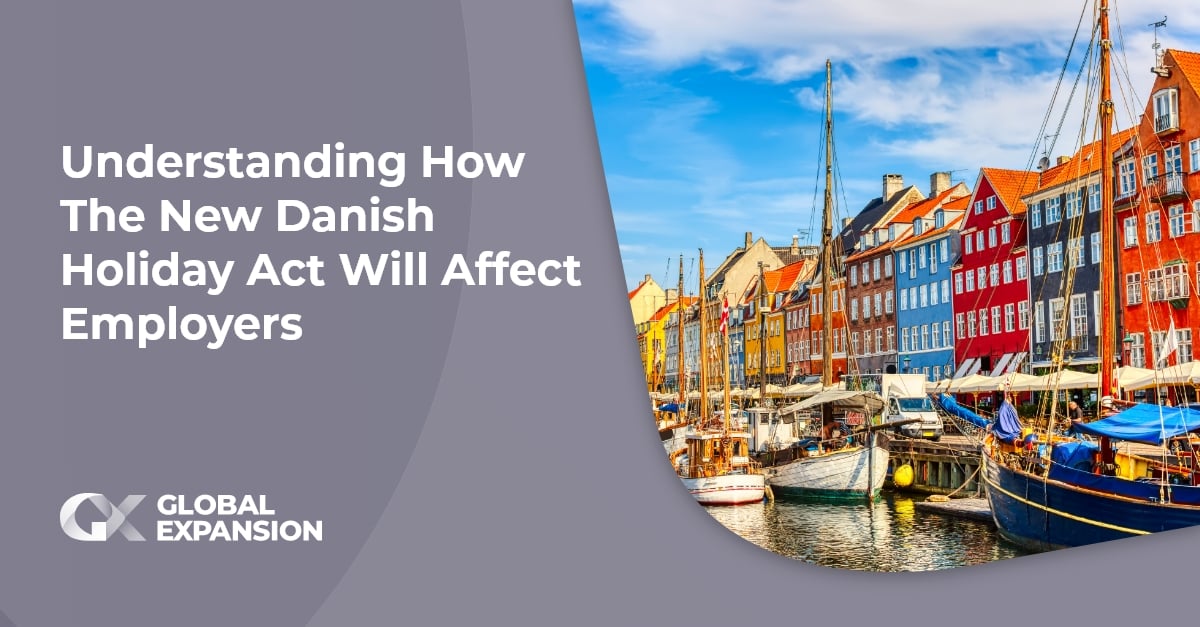The Highest Minimum Wage in the US: Breaking Down the Numbers

Minimum Wage Adjustments at the Federal and State Levels
Minimum wage regulations are intricate and continually changing. Keeping up with these changes might be difficult if your organization has staff in numerous locations. The current federal minimum wage in the US is $7.25, which has been unchanged since 2009, however, more than 20 states have announced significant hikes in 2024.
We have prepared a breakdown by the state to assist your business in staying up to date on the highest minimum wage in the US.
For a considerable time, the minimum wage in the US has fueled heated debates; its proponents assert that it plays an essential role in bolstering low-wage workers - while opponents argue this could potentially harm businesses and impede job creation.
Within this discourse, many cities and states have taken action—implementing higher than the federal minimum wage in the US—to offer their citizens more sustainable income levels. Today, we aim to delve into what is the highest minimum wage in the US and more.
The Highest Minimum Wage in the US
As of February 2024: San Francisco, California holds the highest minimum wage in the US; a hefty $17 per hour--an increase implemented in July 2023 that signifies a significant jump from its previous rate of $16.07. Seattle, Washington, and Washington DC--boasting closely behind both maintain minimum wages at $16.19 each.
Factors Influencing the Highest Minimum Wage in the US
Several factors contribute to states or cities opting for the highest minimum wage in the US that exceeds the federal mandate:
- Cost of Living: Regions with a higher cost of living often set minimum wages above the federal level to ensure that workers can cover basic living expenses.
- Inflation and Economic Growth: Some jurisdictions tie their “minimum wage to inflation or economic indicators,” ensuring that it keeps pace with the rising cost of goods and services.
- Social and Economic Policies: States may implement “higher minimum wages as part of broader social and economic policies” aimed at reducing income inequality and improving the overall well-being of their residents.
Benefits and Considerations
- Quality of Life improved: A higher minimum wage boosts workers' work-life balance quality, also allowing them to meet their basic needs and potentially reducing reliance on public assistance programs.
- Enhanced Productivity and Employee Retention: Companies in regions with the highest minimum wage in the US may experience “increased productivity and employee retention,” as workers are more motivated and satisfied with their compensation.
- Challenges for Small Businesses: While a “higher minimum wage benefits workers, small businesses may face challenges” in adjusting and hiring in the US to increase labor costs. Striking a balance that supports workers without adversely affecting local businesses is a delicate task.
Impact on Workers
Low-wage workers benefit, as these elevated earnings enhance their standard of living. Studies indicate that increases in the highest minimum wage in the US trigger a rise in disposable income, augment food security--a crucial factor for affected workers and bolster access to healthcare. Early data from San Francisco suggests an intriguing trend, the higher minimum wage seems associated with reduced poverty among low-wage earners and increased spending among them.
Impact on Businesses
Opponents of raising the minimum wage in the US voice their concerns about the potential negative impact on businesses. They argue that escalating labor costs might compel businesses to inflate prices, truncate employee hours—or, worse, initiate workforce layoffs. Some studies have presented evidence of these effects; however, others posit a more moderate perspective—and one potentially mitigated by factors such as heightened worker productivity and decreased employee turnover.
Beyond the Numbers
Various factors such as the specific context of each location, including cost-of-living levels, industry composition, and existing economic conditions--influence the complex and multifaceted debate surrounding the highest minimum wage in the US. When we analyze potential effects, it is crucial to consider these aspects: indeed, a nuanced approach is necessary. Moreover, factors such as tax breaks for businesses or subsidies can play a pivotal role in offsetting any adverse impacts from increased labor costs.
Moving Forward
The minimum wage in the US offers a prime case study for the continuing policy debate on how effectively it addresses income inequality and fosters economic prosperity. While it's important to recognize valid concerns, we shouldn't ignore the possible benefits for workers. Moving forward, we need to have open, informed discussions that consider different viewpoints. We also should look for solutions based on evidence, balancing the needs of workers and business interests.
Highest Minimum Wage in the US in Figures:
Global Expansion reports the minimum for each state in the US as of 2023.
Note: If you are looking for Global EOR services
|
State Name |
Highest Minimum Wage in the US |
|
Alabama |
$7.25 |
|
Alaska |
$10.85 |
|
Arizona |
$13.85 |
|
Arkansas |
$11.00 |
|
California |
$15.50 |
|
Colorado |
$13.65 |
|
Connecticut |
$15.00 |
|
Delaware |
$11.75 |
|
Florida |
$11.00 |
|
Georgia |
$7.25 |
|
Hawaii |
$12.00 |
|
Idaho |
$7.25 |
|
Illinois |
$13.00 |
|
Indiana |
$7.25 |
|
Iowa |
$7.25 |
|
Kansas |
$7.25 |
|
Kentucky |
$7.25 |
|
Louisiana |
$7.25 |
|
Maine |
$13.80 |
|
Maryland |
$13.25 |
|
Massachusetts |
$15.00 |
|
Michigan |
$10.10 |
|
Minnesota |
$10.59 |
|
Mississippi |
$7.25 |
|
Missouri |
$12.00 |
|
Montana |
$9.95 |
|
Nebraska |
$10.50 |
|
Nevada |
$10.50 |
|
New Hampshire |
$7.25 |
|
New Jersey |
$14.13 |
|
New Mexico: |
$12.00 |
|
New York |
$14.20 |
|
North Carolina |
$7.25 |
|
North Dakota |
$7.25 |
|
Ohio |
$10.10 |
|
Oklahoma |
$7.25 |
|
Oregon |
$14.20 |
|
Pennsylvania |
$7.25 |
|
Rhode Island |
$13.00 |
|
South Carolina |
$7.25 |
|
South Dakota |
$10.80 |
|
Tennessee |
$7.25 |
|
Texas |
$7.25 |
|
Utah |
$7.25 |
|
Vermont |
$13.18 |
|
Virginia |
$12.00 |
|
Washington |
$15.75 |
|
West Virginia |
$8.75 |
|
Wisconsin |
$7.25 |
|
Wyoming |
$7.25 |
US Minimum Wage FAQs:
1. What is the federal minimum wage rate in the US?
Non-tipped employees currently receive a “federal minimum wage of $7.25,” while “tipped employees earn $2.13” as per the law; we define a "tipped employee" broadly to include anyone accruing over $30 monthly in gratuities: this is our threshold for classification.
2. Which state in the US has a $ 15-an-hour minimum wage rate?
Currently, only “Massachusetts, Washington, California, and Connecticut” boast minimum wages of at least $15 in the United States. However, other states are making significant pushes toward the highest minimum wage in the US: they're implementing tiered wage requirements that allow for periodic increases until meeting the new set minimum.
3. What states have the lowest minimum wages in the US?
A $7.25 minimum wage is in effect for 20 out of the 50 states; predominantly, these are situated within the southern region.
4. Can a state have multiple minimum wages?
Indeed, a state can implement multiple minimum wages: some districts may set lower ones for tipped employees and individuals working within small businesses. Furthermore, cities hold the jurisdiction to augment their highest minimum wage in the US; they have this power if they deem that the state-prescribed minimum is insufficient for sustaining life in their respective areas. As a specific example, California sets its minimum wage at $15.50; however, in Emeryville--the rate escalates to $17.68.
In Conclusion
The vital role of the highest minimum wage in the US is to ensure workers receive fair compensation and address the fluctuating costs of living across states and cities. The federal government sets a baseline minimum wage, yet it empowers individual states and cities to establish higher thresholds that more accurately reflect their workers' economic realities.
How Global Expansion Can Help
Our team at Global Expansion can help your business stay up-to-date with the latest changes to the minimum wage in the US. Talk to us about how we can streamline your global HR and compliance strategy.
Subscribe to our blog
Receive the latest GX blog posts and updates in your inbox.





